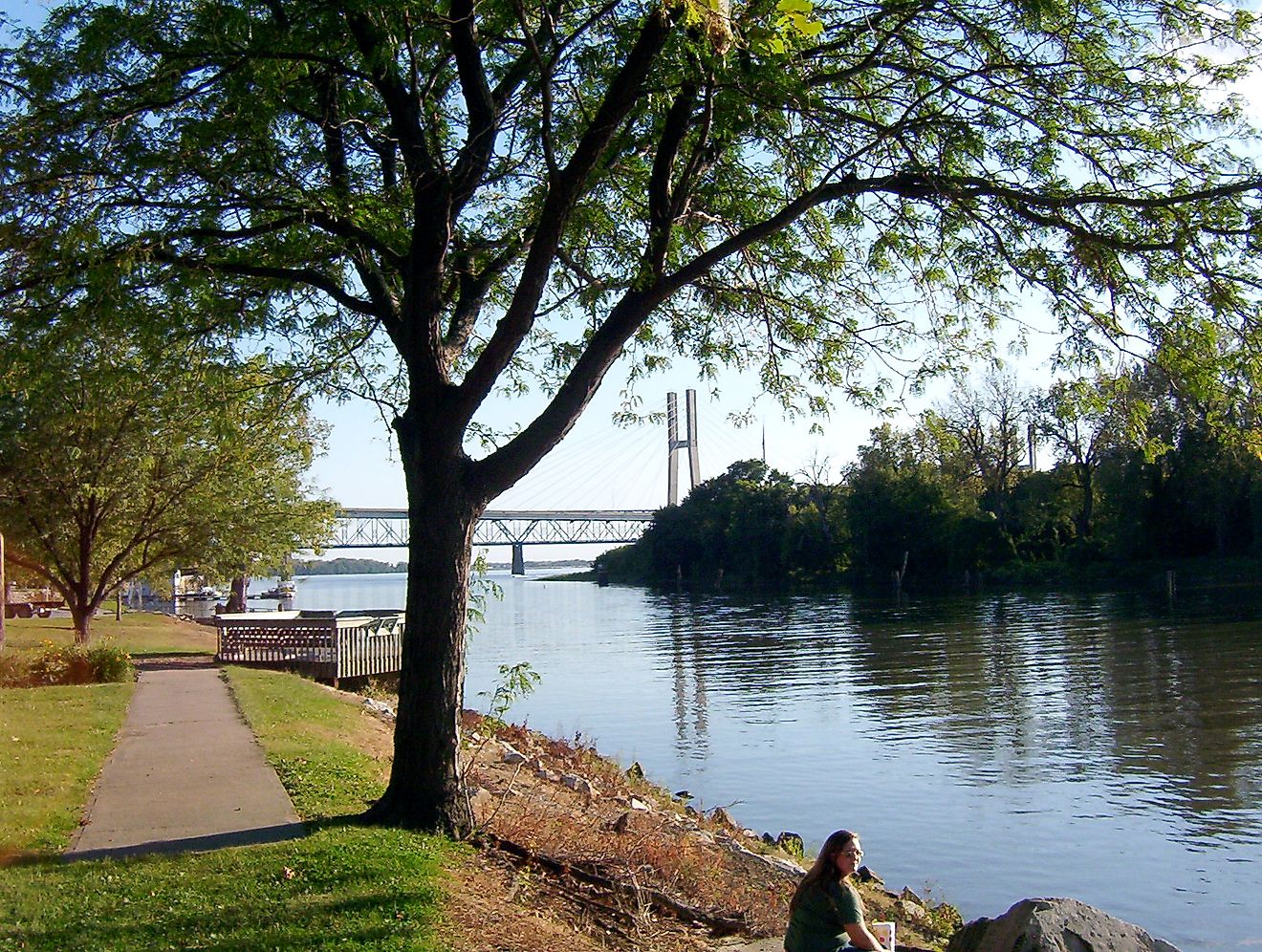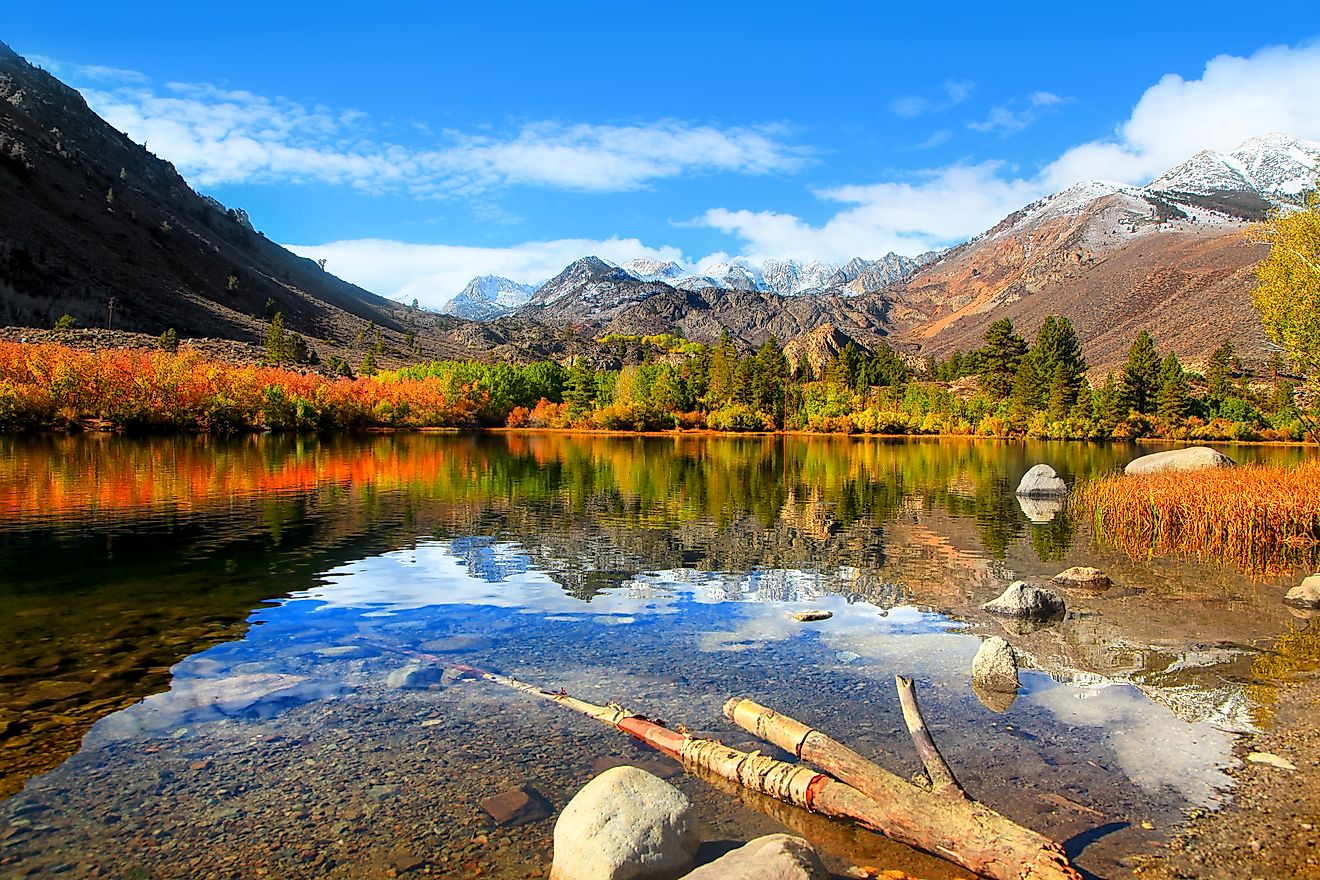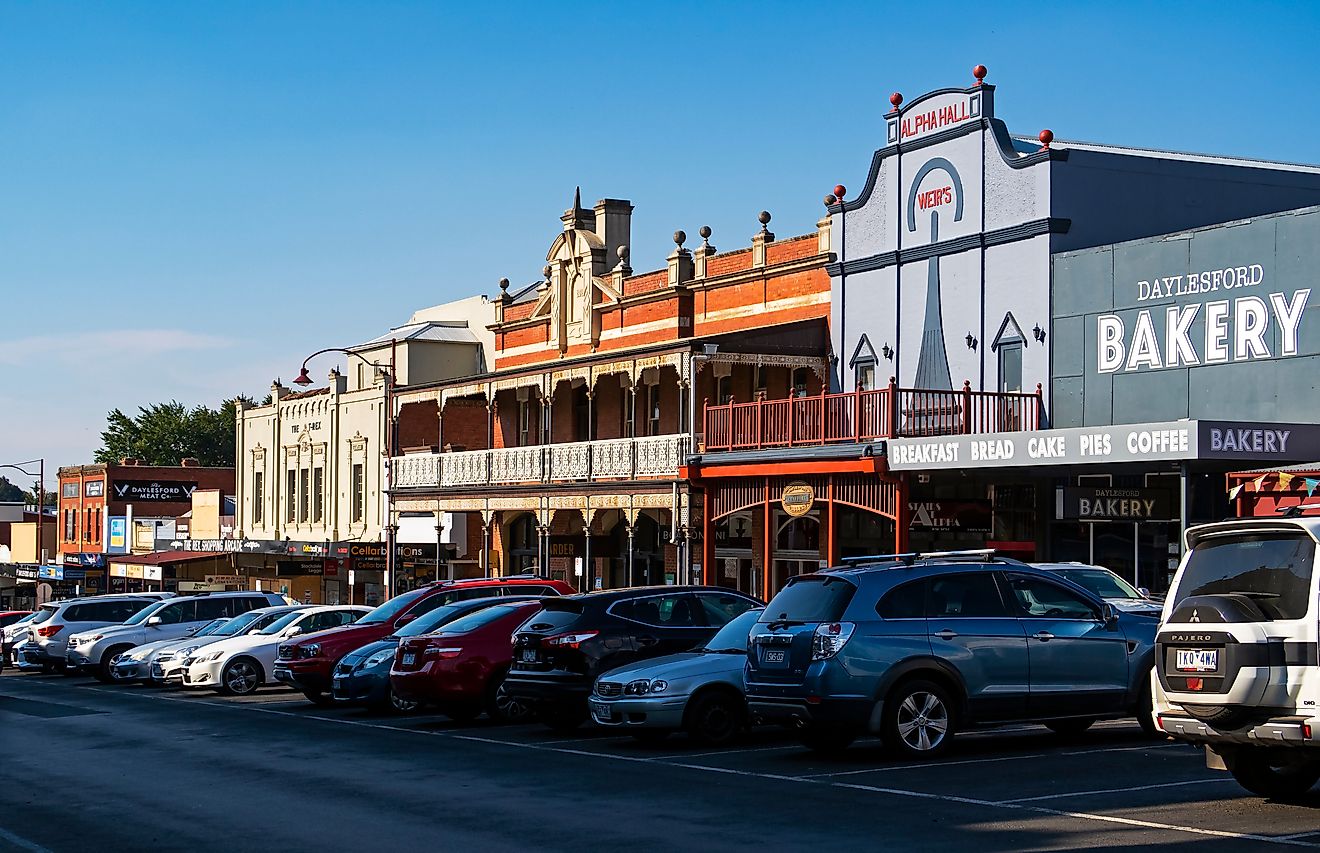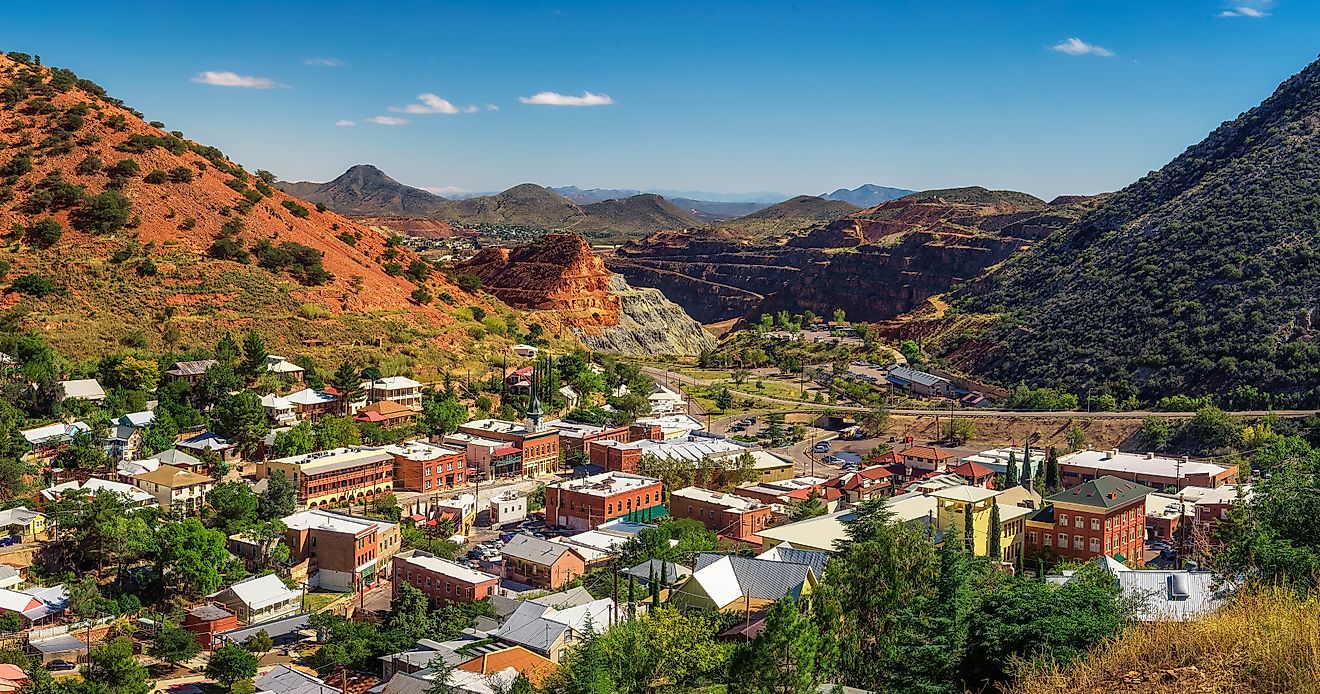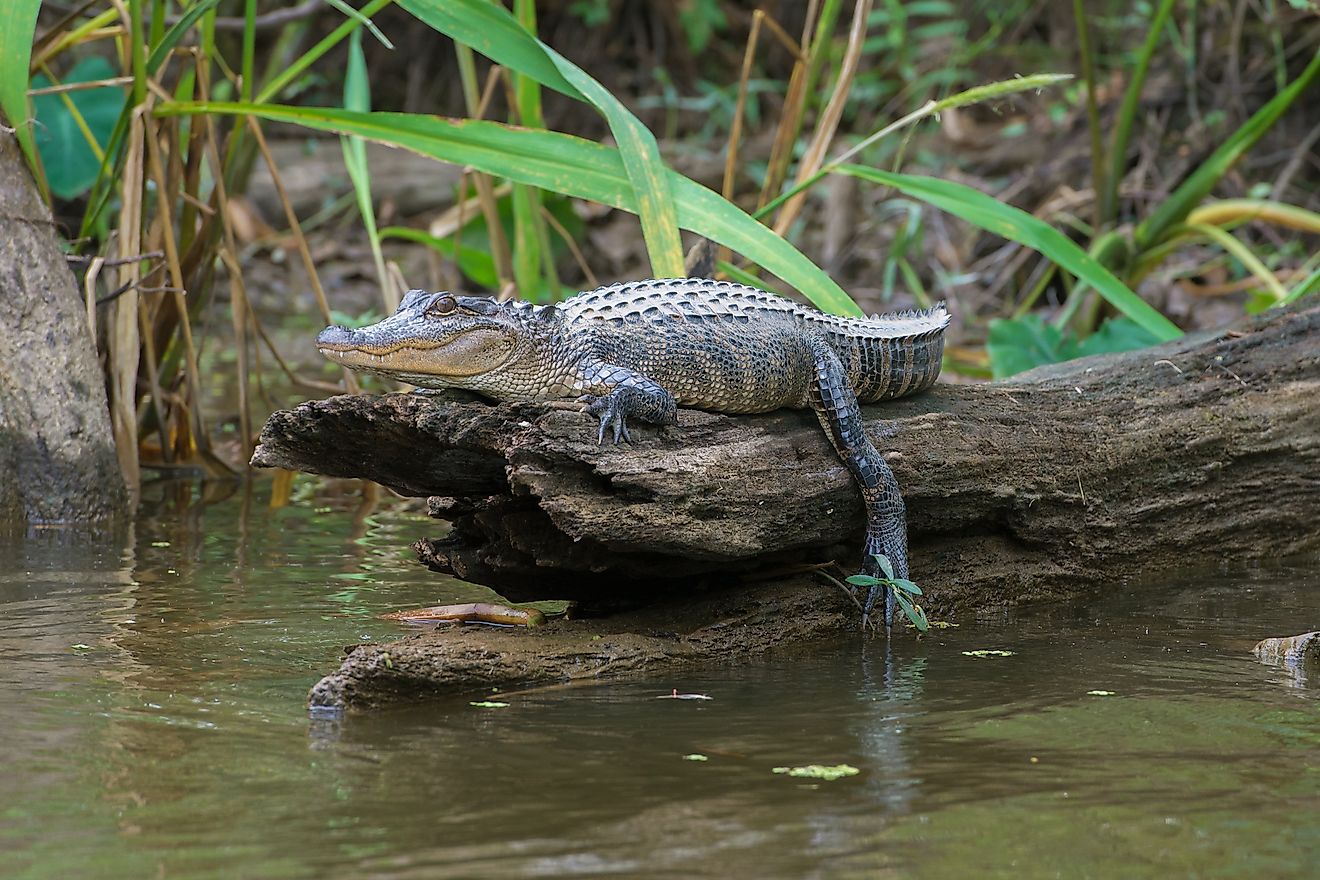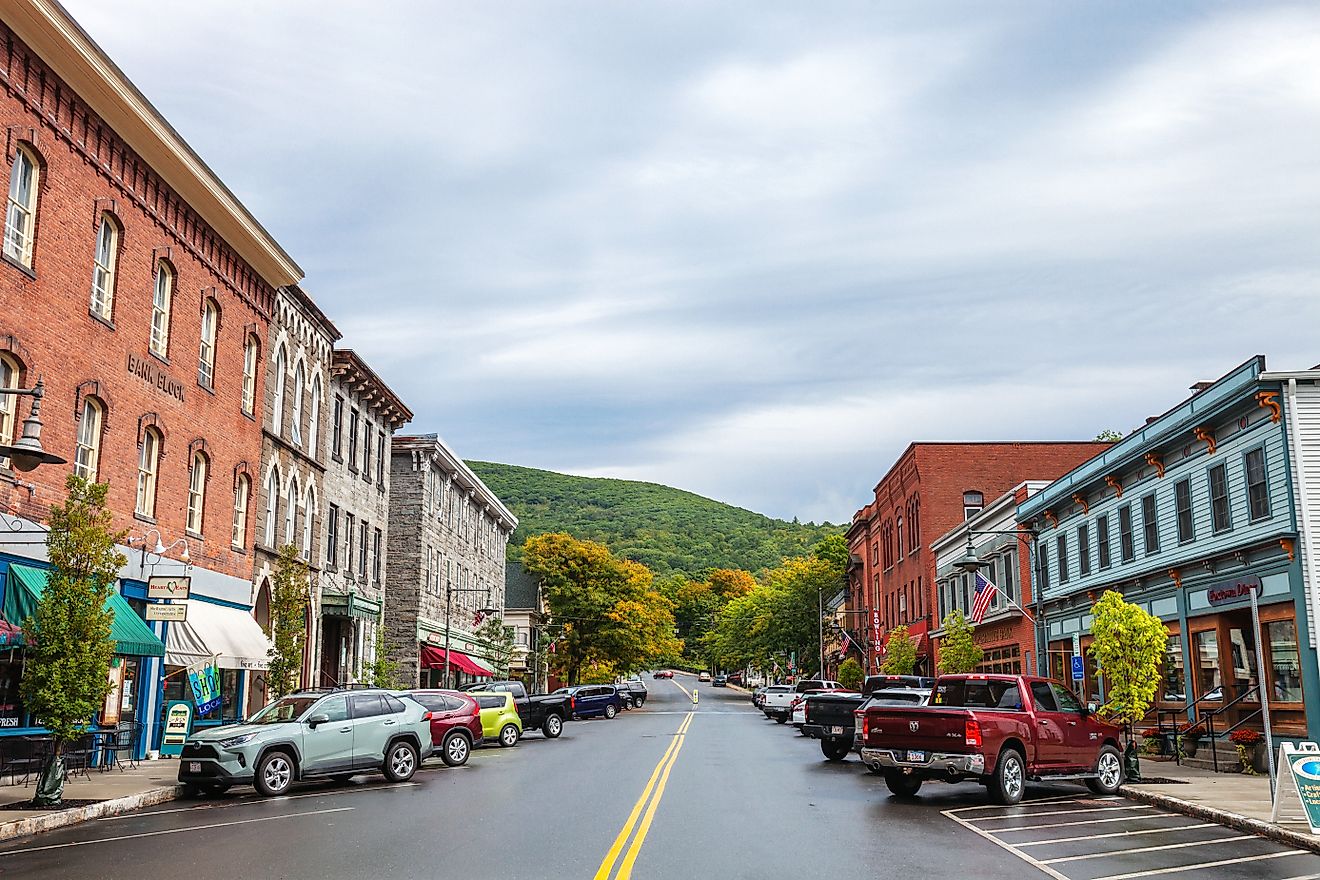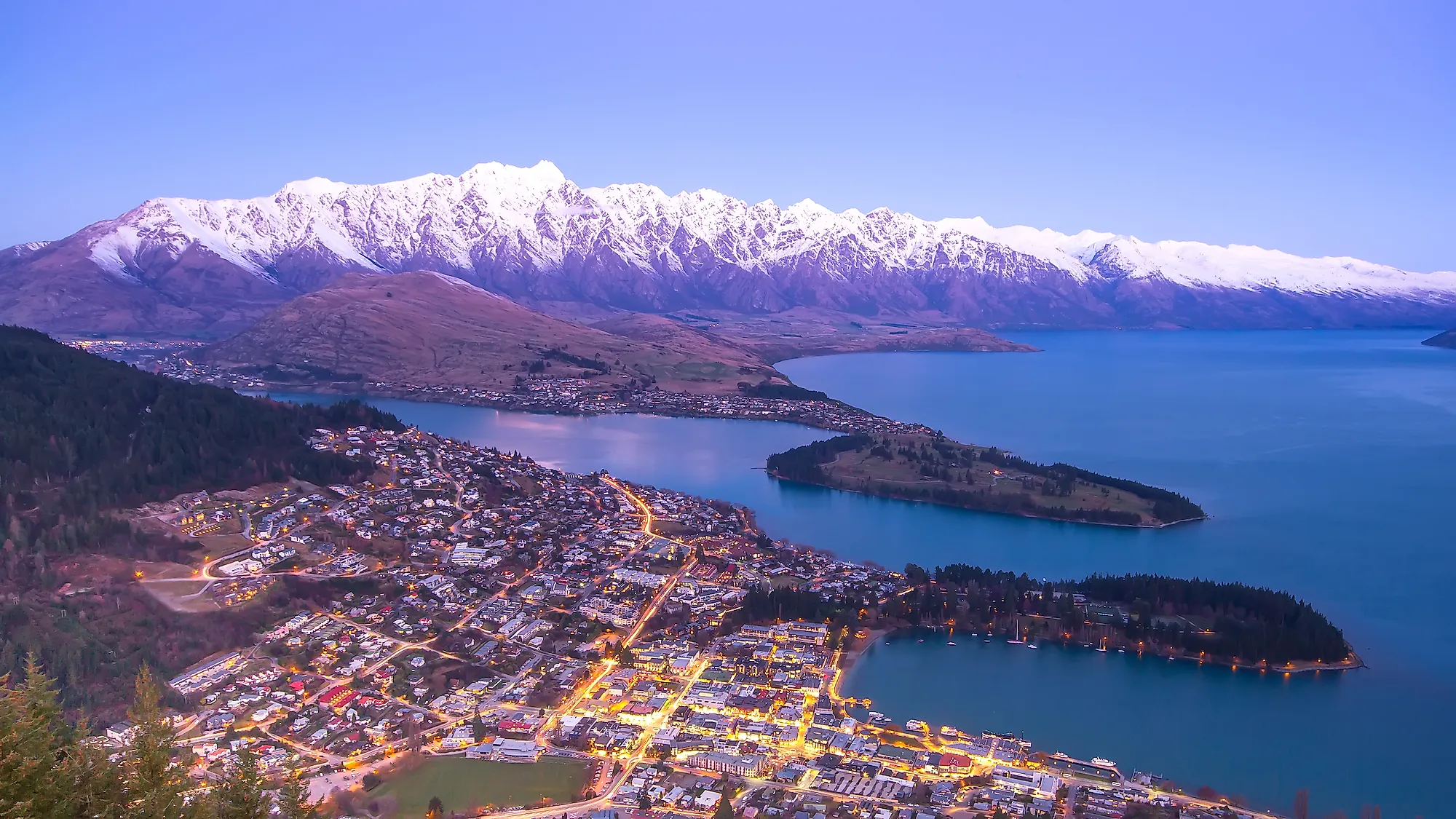
Queenstown, New Zealand
Known for its title as ‘The Adventure Capital of the World,’ Queenstown is a town located in New Zealand’s South Island. It offers well over 200 adventure tourism activities in an area of unparalleled natural beauty. Hence, Queenstown has cemented itself as one of the world’s top winter and summer adventure destinations.
Geography Of Queenstown
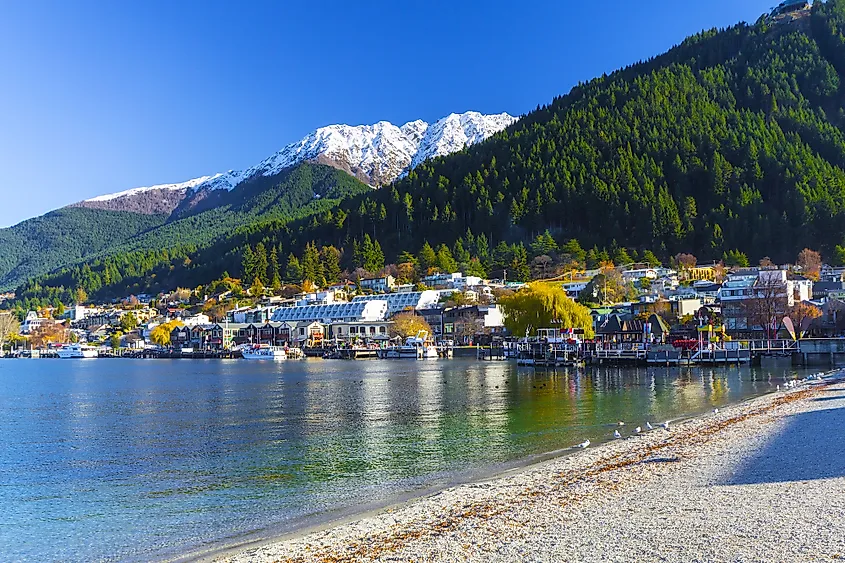
Queenstown, also known by the Māori title of Tahuna, is a town located in New Zealand’s South Island along the shore of Lake Wakatipu, which is the third-largest lake in New Zealand in terms of surface area. Settled among dramatic mountain ranges and approximately halfway along the Lake, Queenstown is 177 miles north-west of Dunedin and 116 miles north of Invercargill. The Wakatipu Basin the town lies along was formed by major glacial movements approximately 15,000 years ago. Moreover, this area of 3,366.8 square miles is situated close to the Frankton Arm, which joins Lake Wakatipu to the Kawarau River.
Climate Of Queenstown
Queenstown experiences winter and summer weather that allow for several adventure activities, as its winters are short and cold, whereas its summers are sunny but cool. The area is generally wet and cloudy year-round and experiences temperature variation from 30°F to 66°F annually. Temperatures rarely go below 22°F or higher than 74°F. The town’s warm season lasts 3.4 months overall, starting from December 5 to March 18. The average daily temperature within this season is higher than 61°F, with January accounting for the hottest month of the year with an average daily high of 65°F. On the other hand, Queenstown also experiences a 2.9-month cold season that lasts from May 27 to August 23. The average daily temperature within this cold season is below 47°F, with temperatures in July, the year’s coldest month, ranging from an average high of 42°F to a low of 30°F.
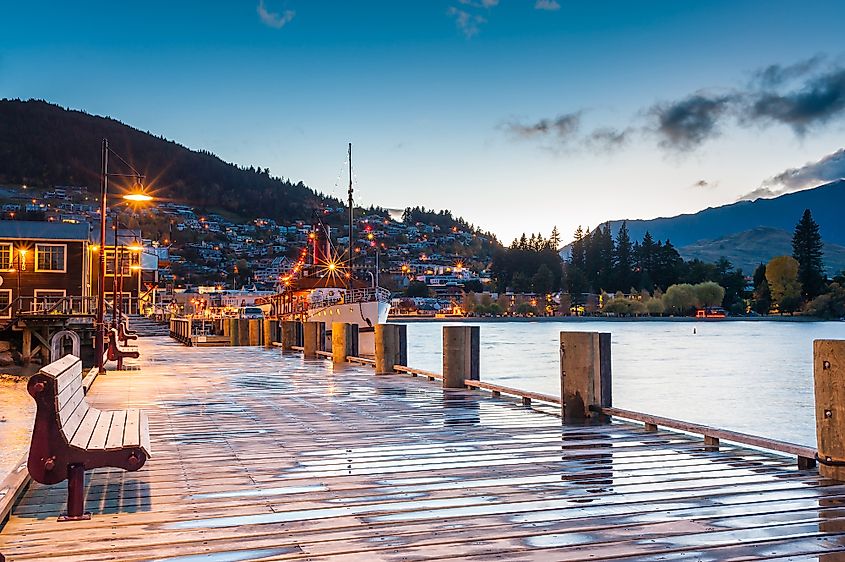
When it comes to precipitation, Queenstown has significant variation in seasonal rainfall. It has a 9.3-month wetter season lasting from June 23 to September 14. Within this season, there is more than a 39% chance that any given day could be a wet day, with October being the wettest month with an average of 13.6 wet days. In addition, the town experiences a 2.7-month drier season from June 23 to September 14. When it comes to wet days, these can include only rain, only snow, or a combination of both. The 2.2 months between May 31 and August 5 is considered to be Queenstown’s snowy period. According to various tourism scores, the best time to visit the area is from mid-January to mid-February to access most activities, whereas the snowy period can be just as suitable for those coming to ski.
Brief History Of Queenstown
The history of Queenstown stretches far back to the Māori, as evidence suggested their presence in the area 700 years ago. Although they did not dwell in the area, the Māori formed trails within the region to use as seasonal hunting grounds for the flightless moa bird. The area was also valuable to the Māori for the presence of pounamu, also known as greenstone.
Nathanael Chalmers, of Scottish descent, became the first European to visit the region in 1853. Yet, European adventurers failed to reach Lake Wakatipu until Māori chief Reko successfully guided them to its shores in 1856. A few years after this venture, William Rees settled in the area and had run sheep up until the discovery of gold on the Shutover River. This 1862 discovery soon led to a gold rush, which subsequently led to the formation of a small town of more than 1,500 miners. During a meeting in 1863, the town was given the name ‘Queenstown’ after its remarkable beauty.
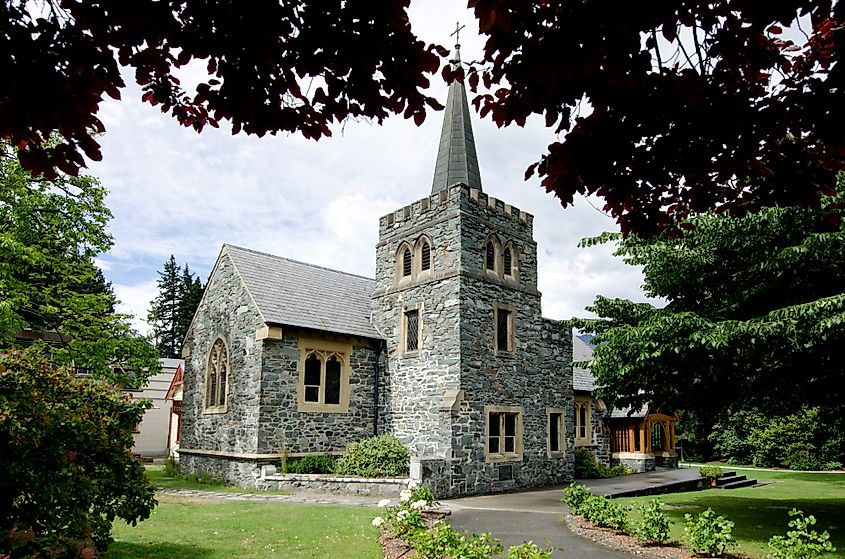
However, as the gold fever began to wane, the town entered a decline whereby the town’s population dwindled to less than 1,000 residents. These miners were then replaced by approximately 5,000 Chinese miners who worked in the Wakatipu Basin. By the 1900s, after the Chinese had completed their assigned tasks and left the area, the town’s population numbered no more than 200 individuals. Since most of the gold was now gone, the town residents resorted to farming and focused on sheep stations. Another attempt to extract gold was initiated in 1926 by damming the Kawarau Falls but ultimately failed due to low gold reserves.
As the Coronet Peak Ski Field was established in the mid-1900s, the town rose in popularity as a key holiday destination. As the number of overseas tourists began to rise, the area witnessed significant growth, improving overall modes of access and accommodation. With the addition of another attraction in 1988, the Kawaru Bridge Bungy Jumping operation by AJ Hackett, Queenstown’s tourism industry truly experienced an exponential boom, whereby over a million tourists visited the town annually in the 2000s.
Population And Economy Of Queenstown
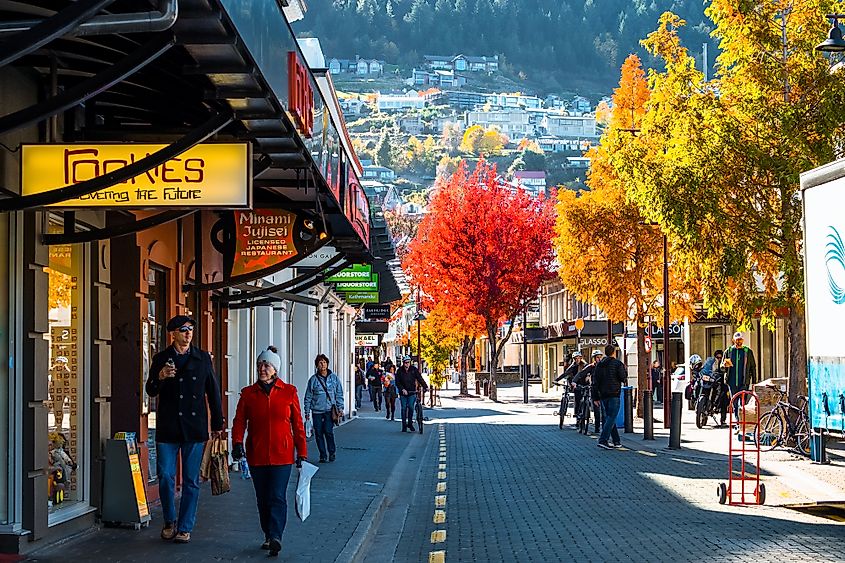
As of 2021, Queenstown had a population of approximately 48,300 and a population density of 5.539 individuals per km2. Moreover, the town witnessed a population increase of 4.4% from 2018 till 2021. Regarding demographics, 50.7% of residents were male, whereas 49.3% were female. In terms of ethnicities, 79% of the population was European, 9.3% was Asian, 5% were Māori, and the remaining 6.6% belonged to other ethnic groups. With 73.7% of the population, most residents are within the 15 to 64-year age range. 15.5% are 14 years of age or below, whereas 10.8% of the population is 65 or above.
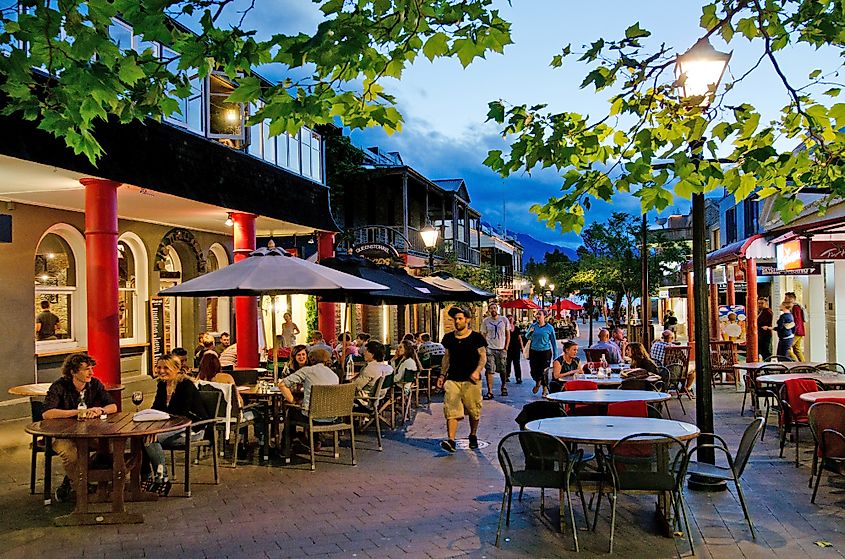
Queenstown serves as the heart of New Zealand’s tourism economy. Before the COVID-19 pandemic, 6 out of 10 working individuals were employed within the district’s tourism industry. Yet, the pandemic has taken a heavy toll on this industry since the town’s lifeline of international tourism has been lost. In response, the Queenstown Lakes District Council has ramped up efforts to diversify the economy with the aid of a USD 20 million investment. The goal is to gradually shift from a heavily based tourism foundation to a more diverse economy.
Tourist Attractions In Queenstown
With over 200 adventure tourism activities, Queenstown is typically referred to as “the Adventure Capital of the World.” Visitors can ski from winter through the spring period and engage in various outdoor activities such as sky diving, bungy jumping, jet boating, canyon swinging, river rafting, horse trekking year-round. The area has also become a world-renowned cycling destination given the plethora of biking trails and the one-of-a-kind scenic tracks.
Lake Wakatipu
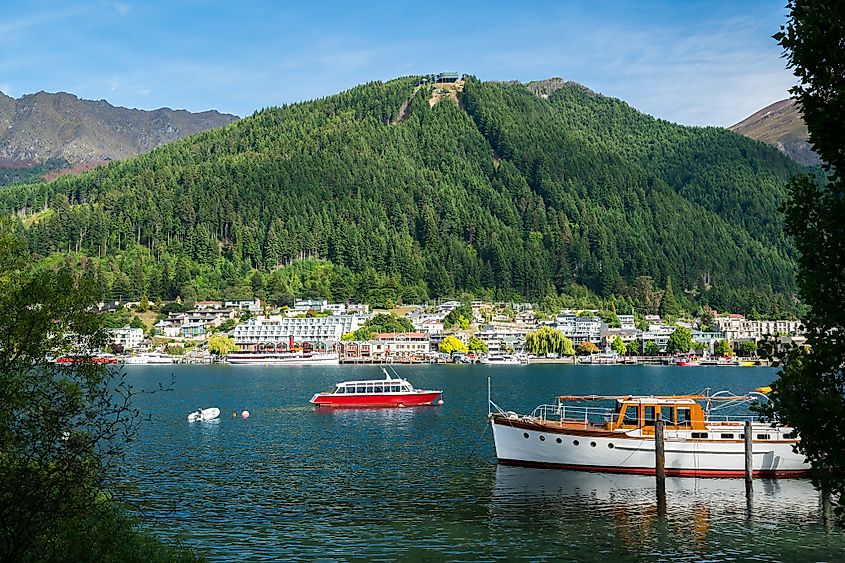
Lake Wakatipu is one of the locations that make Queenstown so unique in the international landscape. It encapsulates some of the best things Queenstown has to offer, given that it presents itself as a unique vantage point to the town and the impressive surrounding mountain ranges. Visitors can experience several scenic cruises around the lake and take part in jet boating and parasailing experiences. Another thrilling experience in the lake is the Hydro Attack shark, an enclosed jet-ski-like machine that shoots guests at a speed of 50 miles per hour.
The Remarkables
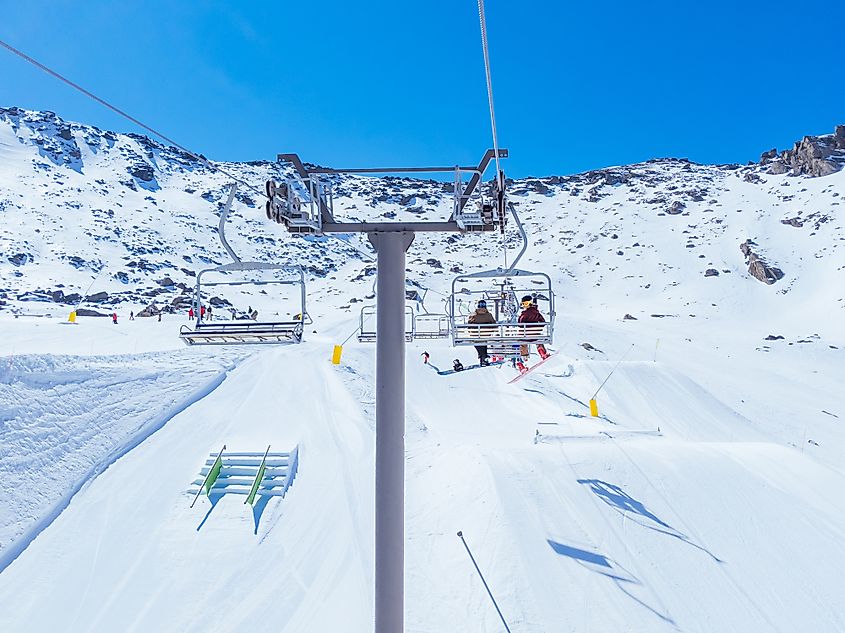
The Remarkables is a snowcapped mountain range that serves as a world class ski field during the winter months. Visitors can also enjoy spectacular views of the Southern Alps through chairlifts and engage in a variety of snow activities such as snowshoeing and tobogganing.
Experience Queenstown From Above
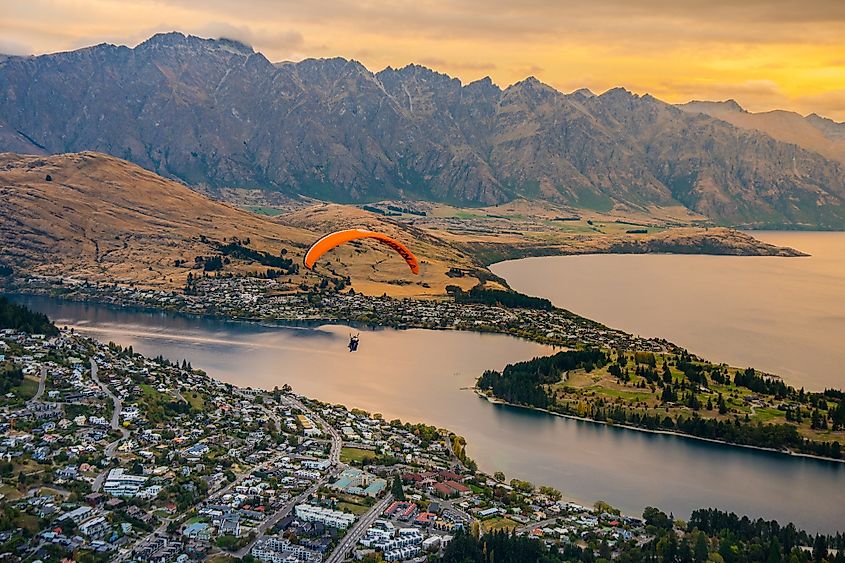
One of the unique ways to explore the magnificent scenery of the Queenstown area is through one of the helicopters or light plane experiences on offer. This allows an inclusive view of the vast lakes, lush grasslands, and snow-capped mountains. For those wishing to have a more adventurous aerial experience, there are several paragliding and hot air balloon experiences on offer.
From its gold mining beginnings, Queenstown has emerged to become one of the leading tourism hotspots of the globe. Offering thrill-seekers and adventurers with almost all of the winter and summer activities their hearts long for, the magnificent landscape makes these experiences all the more enthralling.

